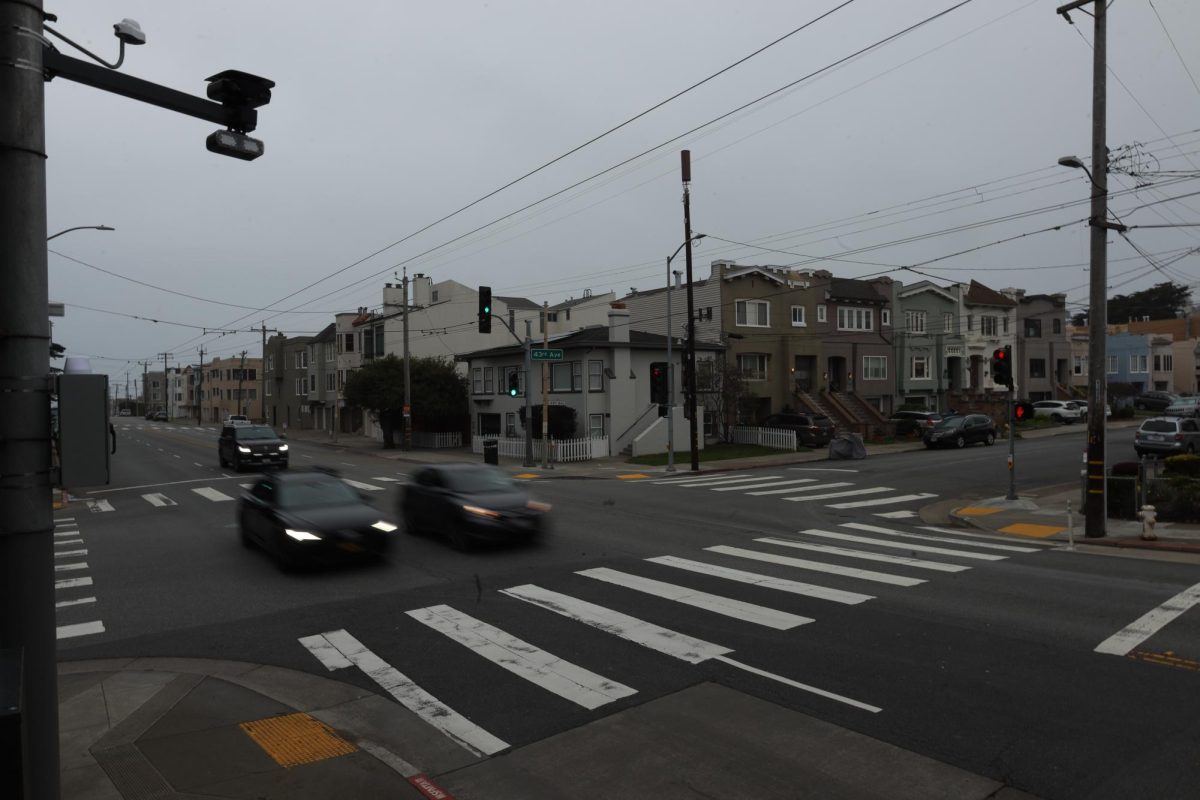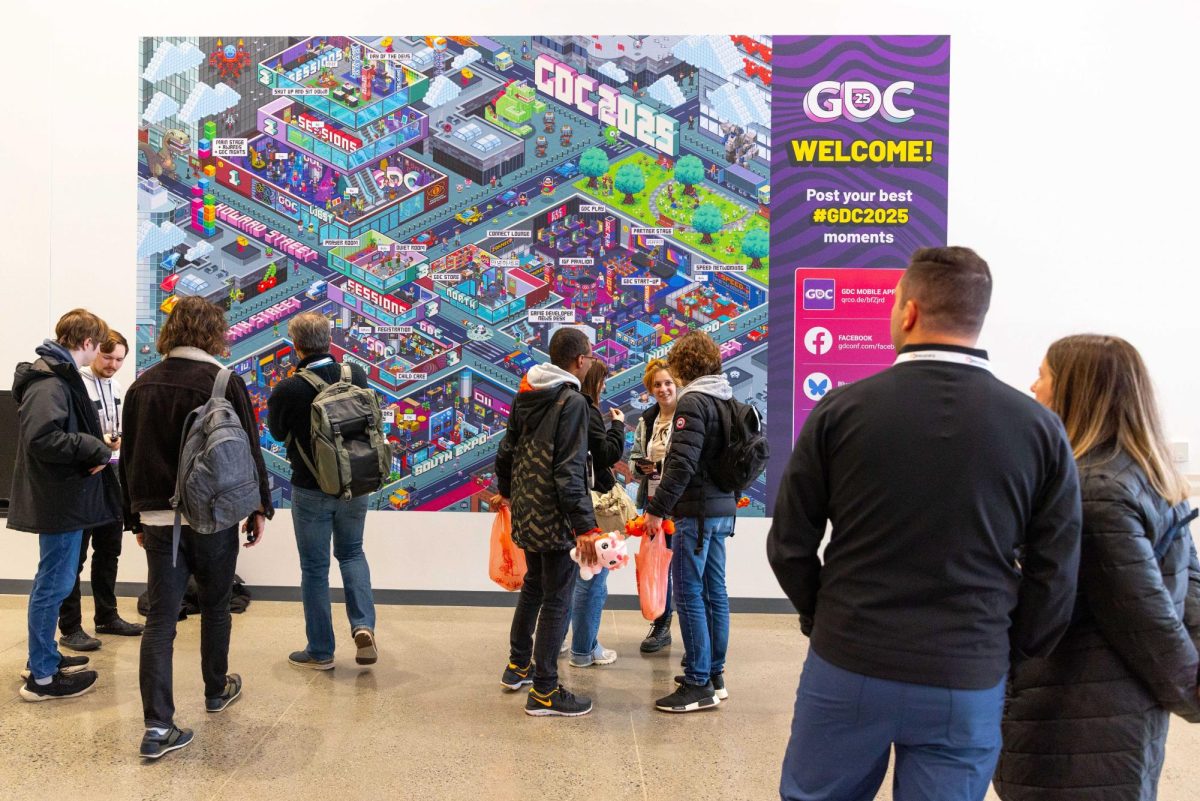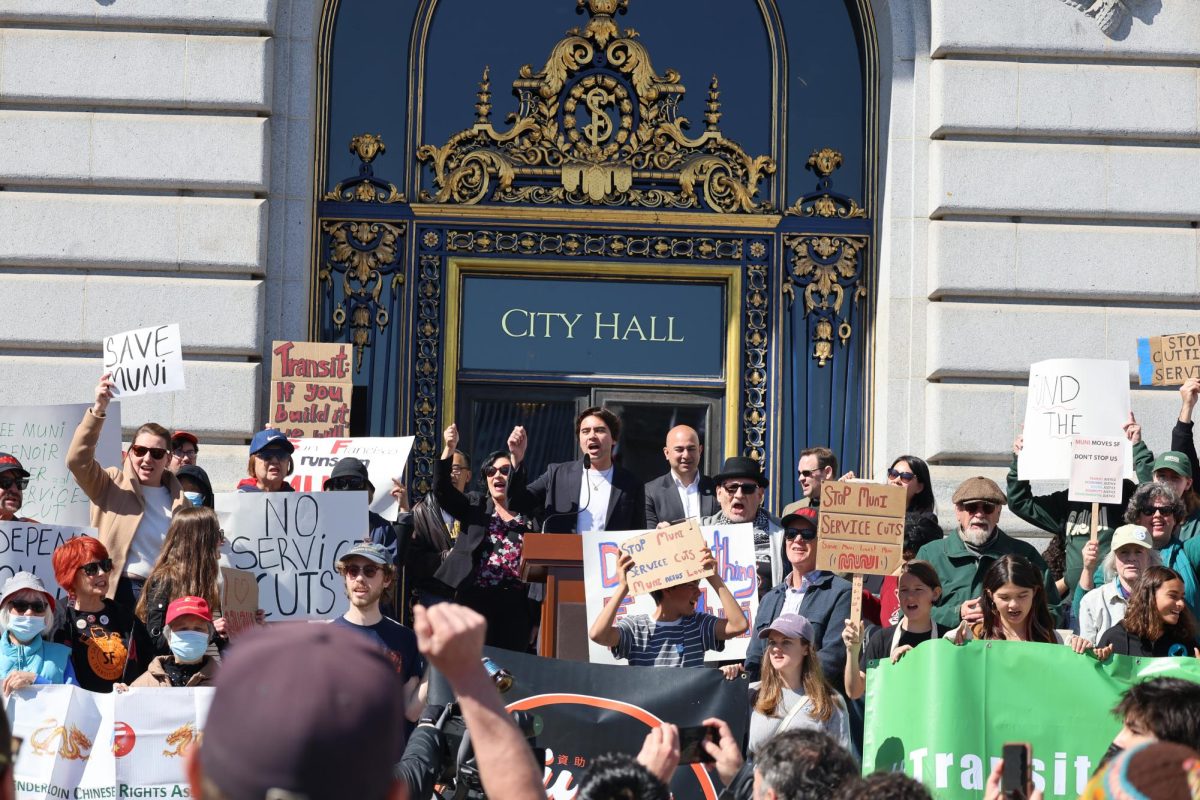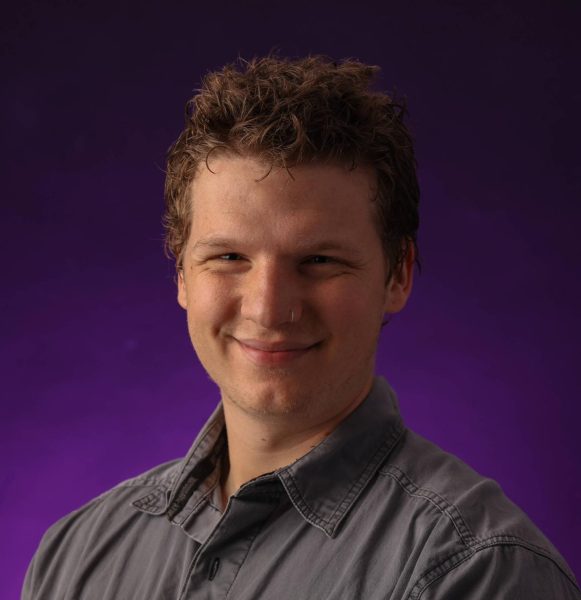Alex Hernandez, a sociology student at San Francisco State University, has been driving to campus from downtown San Francisco for the past three years. Instead of parking in the garage on campus, which would require him to pay $500 a semester, Hernandez chooses to find street parking off campus, which could be a better deal if he doesn’t get a parking citation.
“They already make the parking tickets ridiculous,” said Hernandez. “They’re like a $100 a parking ticket.”
But with the 33 speed safety cameras the San Francisco Municipal Transportation Agency plans to implement this March, his commute may become even pricier.
San Francisco will be the first city in California to implement this technology, authorized by California Assembly Bill No. 465. The cameras will be permitted in six cities, including Los Angeles, Oakland, San Jose, Glendale and Long Beach.
Hernandez’s commute to campus will take him past seven of these cameras, capable of charging speeding drivers up to $500.
“Whoever’s running it needs to hack everything in half,” Hernandez said.
SFMTA issues about 1.5 million parking and transit citations a year generating approximately $90 million in revenue annually, according to their website.
But the money from the issued fees to speeding drivers will pay back the installation of the cameras and any extra revenue will go back into traffic calming, according to Justin Horng, the speed safety camera program manager.
SFMTA spokesperson Michael Roccaforte said the project’s goal is not to issue citations but rather to slow drivers down and prevent accidents.
“It’s not to penalize drivers, but to really issue a culture change in San Francisco for people to drive slower,” Roccaforte said.
According to the California Department of Transportation’s 2022 Crash Data on California State Highways report, speeding was the leading primary factor of crashes, accounting for over 63,000 incidents — more than double the number of incidents caused by the next highest factor, improper turns.
Ramon Souca, a fourth-year civil engineer student, commutes from San Mateo to get to campus. Souca said his route passes by a few of the planned speed cameras, but he does not feel like it will affect his everyday travel.
“I’m kind of scared to drive fast in San Francisco since homeless people and random people are walking in the street,” said Souca. “It would be annoying if you don’t know where the cameras are and you’re in a bit of a rush and you’re not speeding on purpose.”
The speed safety system pilot program will issue warning notices in the first 60 days of the program. After that, speeding drivers will be issued citations. In addition to the grace period, drivers who are going 11 to 15 miles an hour over the speed limit after the 60 days will receive a one-time courtesy notice, according to Horng.
Carmen Leiato, a member of a mental health program for Pacific Islanders, meets at SFSU every Thursday for club meetings. Leiato said she usually drives fast, but the traffic in San Francisco prevents her from going above the speed limit.
“Knowing about the speed cameras, I would be more conscious about which speed I’m going,” said Leiato. “That would make me think about it and be like, ‘OK wait, I should probably slow down.”









